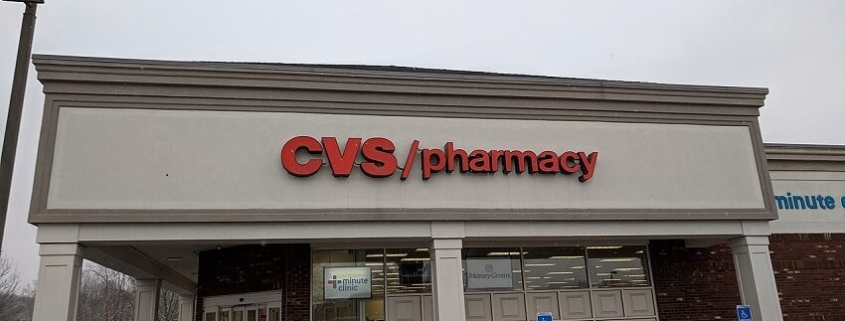900 CVS Locations To Get The Ax, But Healthcare Ramp-Up Rages On
CVS Health says that it will reduce its store count by about 900 over the next three years, or about 10% of its locations. At the same time, the retail pharmacy giant plans to add health services at its remaining stores.
The company plans to have three basic models for its stores going forward. There will be traditional drugstores offering prescription services, but also sites dedicated to primary healthcare services, which would essentially be clinics capable of serving thousands of patients a day, a model that the company is already pursuing.
There will also be locations that will be modified versions of the company’s HealthHUBs, which are staffed by healthcare professionals who can offer some diagnostic capabilities, testing and advice. The staff is supplemented by digital kiosks for health and insurance questions.
“Our retail stores are fundamental to our strategy and who we are as a company,” CVS Health President and CEO Karen Lynch said in a statement. “We remain focused on the competitive advantage provided by our presence in thousands of communities across the country, which complements our rapidly expanding digital presence.”
The closures will begin in the spring of next year. CVS expects to record an impairment charge in Q4 2021 of between $1B and $1.2B, or between 56 cents and 67 cents per share. Shares in the company were up about 1.5% on Thursday. Compared with a year ago, shares are up about 42%.
CVS’ rivals have likewise been expanding their healthcare options. Walgreens Boots Alliance has said it will open 500 to 700 clinics at its retail locations over the next five years in partnership with VillageMD, a Chicago-based primary care provider.
Source: Bisnow




